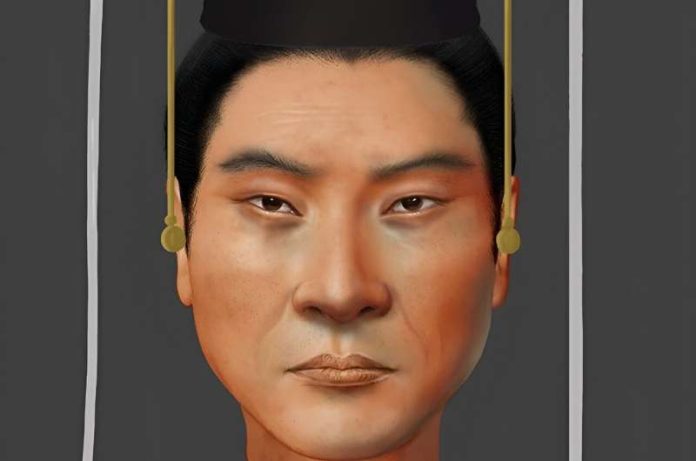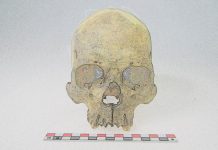
In a new study, scientists have recreated the face of Emperor Wu of the Northern Zhou dynasty, a prominent Chinese ruler from 1,500 years ago, using DNA extracted from his remains.
This marks a significant advancement in our understanding of ancient historical figures, bringing us closer to seeing the faces that shaped history.
Emperor Wu, who reigned from AD 560 to AD 578, was known for his military prowess and for unifying northern China. He belonged to the Xianbei, a nomadic group from what is now Mongolia and parts of China.
Despite some historical accounts suggesting the Xianbei had “exotic” appearances, the research found that Emperor Wu had typical East or Northeast Asian features, challenging previous stereotypes.
The team’s ability to extract over 1 million genetic markers from Emperor Wu’s DNA was a testament to the leaps made in ancient DNA research.
This analysis provided insights into his skin color, hair color, and even his health, indicating a predisposition to stroke, which could explain his sudden death at 36.
This research not only adds a new layer of understanding to the migration and integration patterns of ancient peoples in Eurasia but also pioneers a method for making historical figures more tangible and relatable.
As the team moves on to study ancient residents of Chang’an, the historical capital and a key Silk Road hub, we can expect further revelations about the cultural and genetic melting pot that was ancient China.
The research findings can be found in Current Biology.
Copyright © 2024 Knowridge Science Report. All rights reserved.



